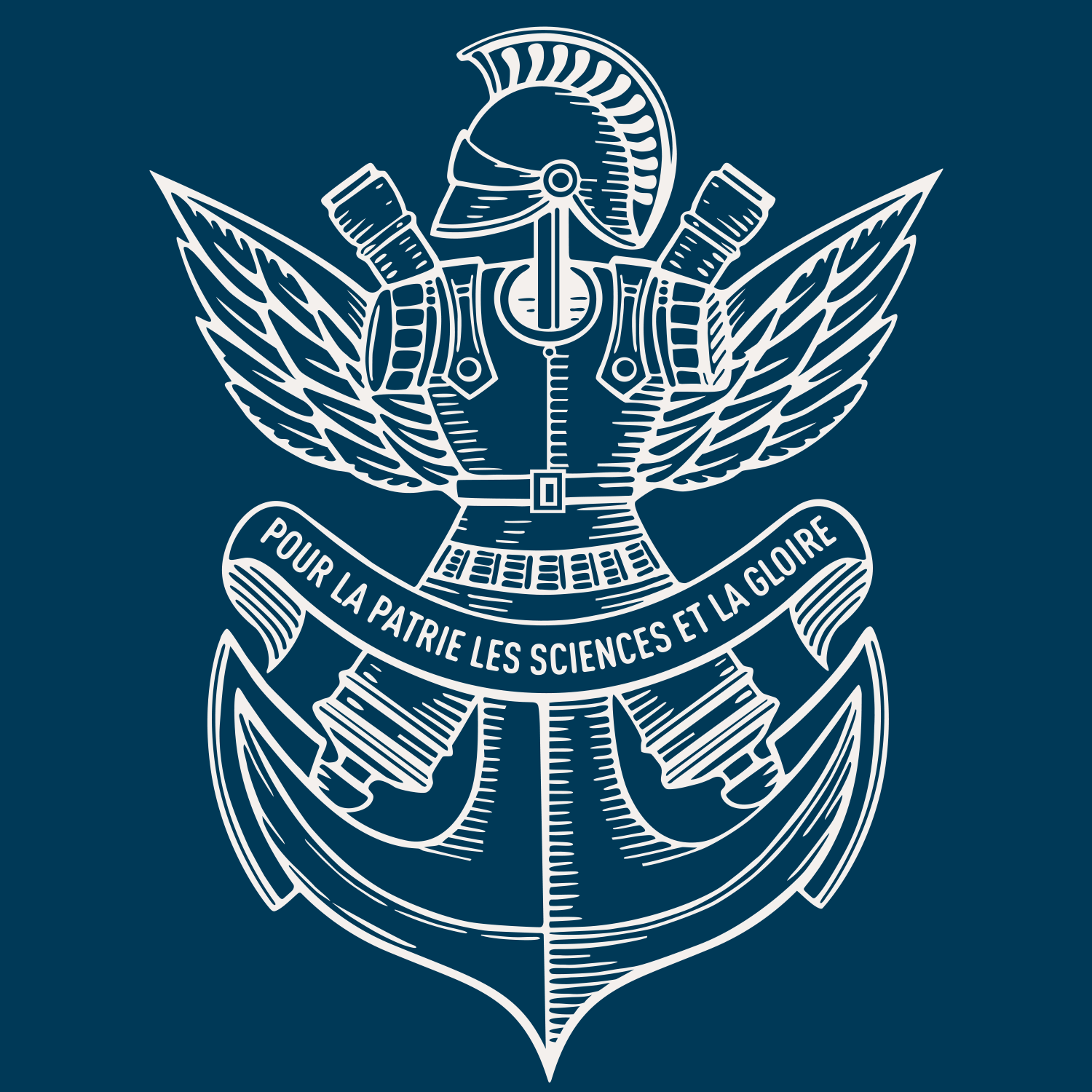3D deep convolutional neural network segmentation model for precipitate and porosity identification in synchrotron X-ray tomograms
Résumé
New developments at synchrotron beamlines and the ongoing upgrades of synchrotron facilities allow the possibility to study complex structures with a much better spatial and temporal resolution than ever before. However, the downside is that the data collected are also significantly larger (more than several terabytes) than ever before, and post-processing and analyzing these data is very challenging to perform manually. This issue can be solved by employing automated methods such as machine learning, which show significantly improved performance in data processing and image segmentation than manual methods. In this work, a 3D U-net deep convolutional neural network (DCNN) model with four layers and base-8 characteristic features has been developed to segment precipitates and porosities in synchrotron transmission X-ray micrograms. Transmission X-ray microscopy experiments were conducted on micropillars prepared from additively manufactured 316L steel to evaluate precipitate information. After training the 3D U-net DCNN model, it was used on unseen data and the prediction was compared with manual segmentation. A good agreement was found between both segmentations. An ablation study was performed and revealed that the proposed model showed better statistics than other models with lower numbers of layers and/or characteristic features. The proposed model is able to segment several hundreds of gigabytes of data in a few minutes and could be applied to other materials and tomography techniques. The code and the fitted weights are made available with this paper for any interested researcher to use for their needs (https://github.com/manasvupadhyay/erc-gamma-3D-DCNN).
| Origine | Fichiers éditeurs autorisés sur une archive ouverte |
|---|

